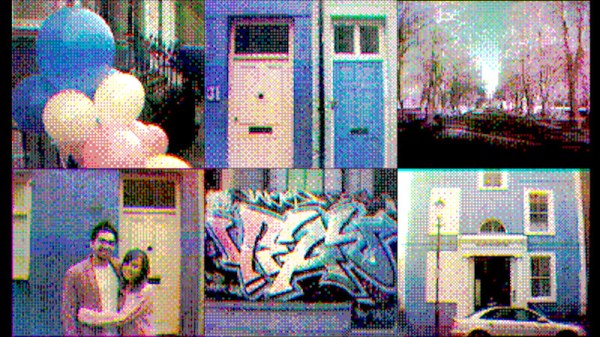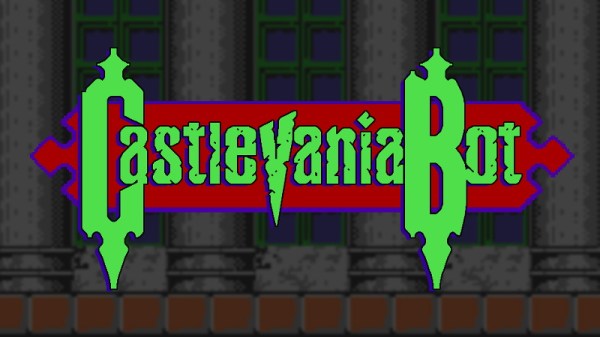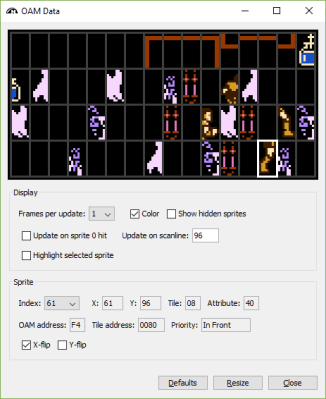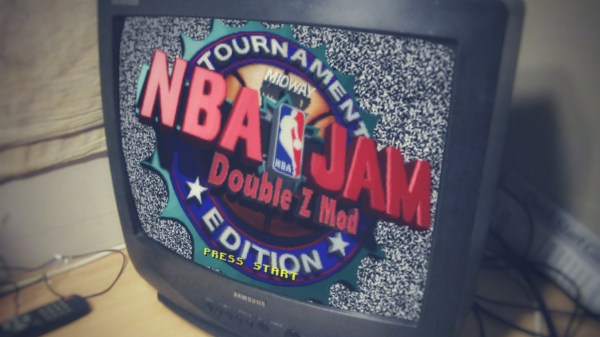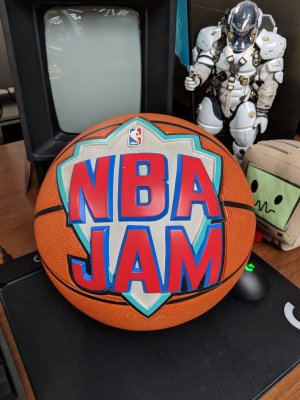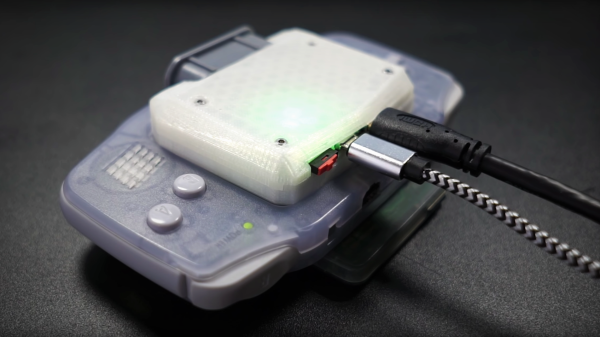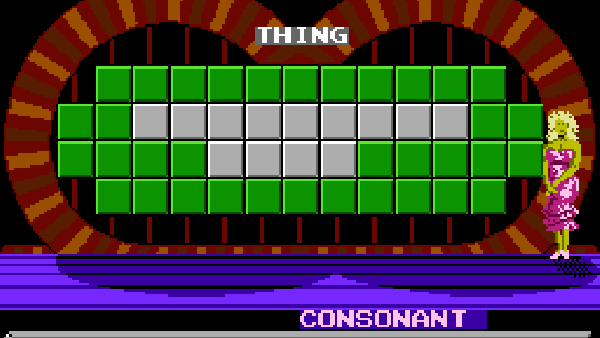The Game Boy Camera is a legendary piece of 90s gaming hardware, despite not being a game at all. It consisted of a low-resolution greyscale camera, fitted to a Game Boy cartridge, that you could use to photograph your friends, vandalise their pictures, then print them out on a thermal printer. It’s hardware that was fun because of its limitations, not despite them. However, [Matt] wondered if there was a way to use early photographic techniques to get color photos.
The technique is simple – get red, green, and blue filters, and take three photos – one using each filter. Then, combine the photos digitally to create the color image. This necessitates an amusingly complex process to transfer the photos from Game Boy to PC, of course.
There are some limitations – due to the speed of the Game Boy Camera, it works best with static scenes, as it takes several seconds to shoot. Also, due to the low resolution, it’s best to choose subjects with broad swathes of color. Despite this, [Matt] managed to take some great images with a colorful yet vintage digital charm. There’s other ways to achieve this, of course – like bringing the power of neural networks to bear on your low-res Game Boy images. Video after the break.

